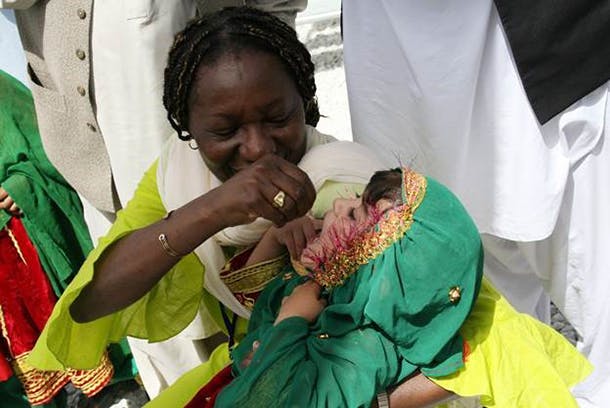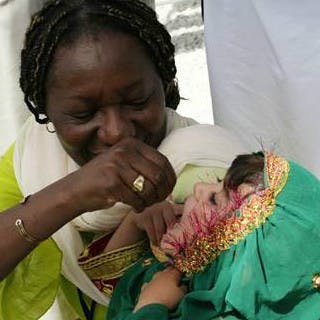
While the world is closer than ever to eradicating polio, a final push of funding is needed to get over the finish line. Why should donors and advocates support this cause?
Polio is a devastating disease that can paralyze and even kill children. In 1988, the Global Polio Eradication Initiative (GPEI) – a partnership led by national governments, with five core partners, including the World Health Organization, Rotary International, the U.S. Centers for Disease Control and Prevention, the Bill & Melinda Gates Foundation, and UNICEF, and comprising millions of health workers and advocates around the world – was formed to eradicate polio once and for all.
This global effort has made incredible progress: Polio cases are now down from over 350,000 cases per year in 1988 to fewer than 100 cases in 2015. GPEI recently determined that it will take additional funding to end the disease and released its investment case, which explains why the funds are necessary and why it is more important than ever that the global community does all that it can to end polio for good. Here are the main takeaways.
We are closer than ever.
August 11, 2015 marked one year since the last case of wild poliovirus was identified in Africa – an incredible milestone in the fight against the disease. Yet there are two countries that remain polio-endemic (meaning that the spread of polio from person to person has never been stopped): Afghanistan and Pakistan. We have never been this close to eradicating polio, but there is still significant work to be done.
The funds requested by GPEI will be used for vaccine campaigns and community engagement activities, which will ensure that children are vaccinated against polio. Funds are also needed for surveillance activities, which detect the presence of the virus in people and in the environment. It is important to continue these activities not just in the polio-endemic countries, but also in the countries that have recently stopped polio from spreading from person to person, to make sure that the disease does not return. The same is true for vaccine campaigns. To eradicate polio, we have to continue to vaccinate as many children as possible and identify all potential cases of the virus until we can be sure that it is gone.
The progress that we’ve seen actually means that we need to double down.
There were less than 100 cases last year. This remarkable progress may make it seem like we should shift our focus to other issues, but it is important to remember that the reason we’ve seen such progress is because of the intense efforts by GPEI and the global community to end polio. If we stop now, large numbers of children will begin to once again get sick and even die from polio: In as little as 10 years, we could start to see as many as 200,000 new cases of wild poliovirus each year. Because there is no treatment or cure for polio, these children will become sick and not recover, and polio will once again become the public health crisis that it once was.
The tools that we use against polio can also be used to fight other diseases.
An investment in polio is an investment in global health – not just because the eradication of the disease will be huge contribution to the health of people around the world, but also because the infrastructure and lessons learned from polio can help fight other diseases. For example, the polio program in Bangladesh has helped link children to the health system so that they can receive other important health interventions, including other vaccines.
Help us make the case.
We need your help to finish the fight.
You can get involved by donating or by writing to your leaders and asking them to continue to fund and support GPEI. Visit www.endpolio.org and www.shotatlife.org to learn more. You can also help make the case for ending polio by reading the investment case and educating others.
[Photo: UNICEF]

